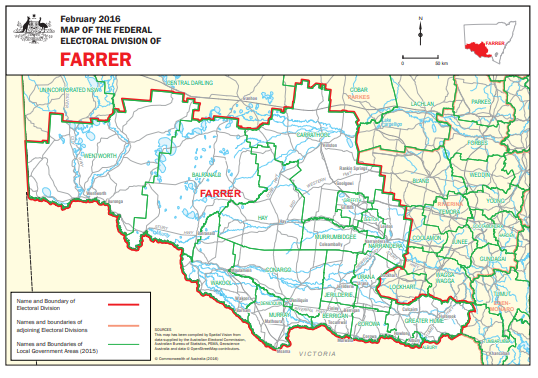|
|
|
|
| Adam Carr's Election Archive
|
Australian federal election, 2022
Division of Farrer, New South Wales
Named for: William Farrer (1845-1906), agricultural scientist and
wheat-breeder
Southern New South Wales: Albury, Deniliquin, Griffith, Hay, Wentworth
State seats: All of
Murray, parts of
Albury and
Cootamundra
Local government areas: All of
Albury,
Balranald,
Berrigan,
Carrathool,
Edward River,
Federation,
Greater Hume,
Griffith,
Hay,
Leeton,
Murray River,
Murrumbidgee,
Narrandera and
Wentworth
Borders with:
Barker,
Eden-Monaro,
Indi,
Mallee,
Nicholls,
Parkes and
Riverina
Enrolment at 2019 election: 115,659
Enrolment at 2022 election: 119,364 (+03.2)
1999 republic referendum: No 66.1
2018 same-sex marriage survey: Yes 55.2
Sitting member: Hon Sussan Ley (Liberal):
Elected 2001, 2004, 2007, 2010, 2013, 2016, 2019
2007 Liberal majority over Labor: 11.2%
2010 Liberal majority over Labor: 14.5%
2013 Liberal majority over Labor: 17.4%
2016 Liberal majority over Labor: 20.5%
2019 Liberal majority over Indepdendent: 10.9%
2019 national Liberal majority over Labor: 19.8%
Liberal-Nationals two-party vote 1983-2019
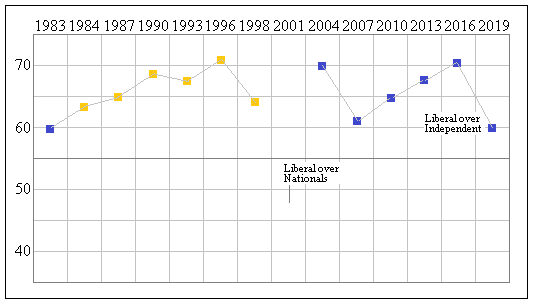
Status: Very safe Liberal
Best Liberal booths, two-candidate vote: Coleambally (81.1), Hillston (78.7), Barellan (77.9), Walbundrie (76.8),
Rankins Springs (76.0)
Best Independent booths, two-candidate vote: Bunnaloo (68.2), Blighty (63.5), Wakool (62.6), Deniliquin North (57.9),
Deniliquin West (56.2)
2019 results
Statistics and history
Candidates in ballot-paper order:
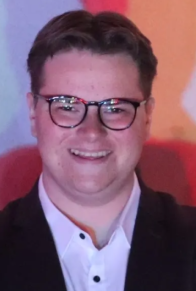 |
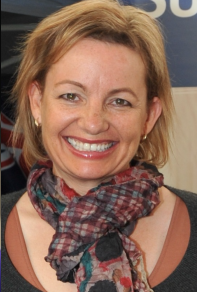 |
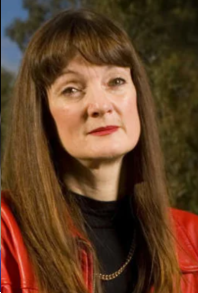 |
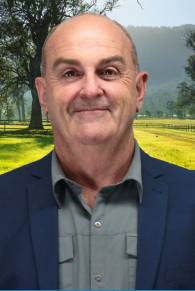 |
1. Eli Davern
Australian Greens |
2. Hon Sussan Ley
Liberal Party |
3. Amanda Duncan-Strelec
Independent |
4. Paul Bitton
Shooters, Fishers and Farmers |
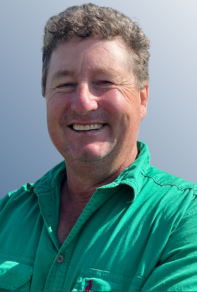 |
 |
 |
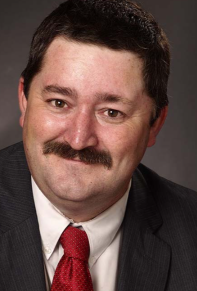 |
5. Ian Roworth
Liberal Democrats |
6. Richard Francis
Pauline Hanson's One Nation |
7. Julie Ramos
United Australia Party |
8. Darren Cameron
Australian Labor Party |
Candidate websites:
Paul Bitton
Darren Cameron
Eli Davern
Hon Sussan Ley
Julie Ramos
Ian Roworth
Division of Farrer
Farrer was created in 1949, as a rural seat in southern NSW based on Albury and Wagga Wagga, both Liberal strongholds -
the Liberal Party was founded in Albury in 1944. In 1984 it was extended westwards along the Murray to the South Australian
border, and Wagga Wagga was removed, and on these boundaries it was won by the National Party, although the Liberals
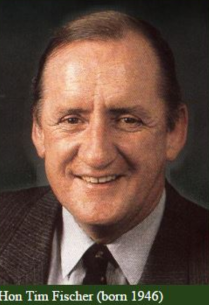 reclaimed it in 2001. The 2006 redistribution changed the seat again, extending it northwards to the Queensland border,
and including the mining centre of Broken Hill, a Labor bastion for more than a century. The inclusion of Broken Hill
reduced the Liberal majority in Farrer considerably, but not enough to put the seat at risk.
reclaimed it in 2001. The 2006 redistribution changed the seat again, extending it northwards to the Queensland border,
and including the mining centre of Broken Hill, a Labor bastion for more than a century. The inclusion of Broken Hill
reduced the Liberal majority in Farrer considerably, but not enough to put the seat at risk.
The 2016 redistribution again changed the seat, removing Broken Hill and extending it north-eastwards to take in Griffith
and Narrandera, so that it now has more of the Riverina in it than the seat of
Riverina does. The effect has been to
increase the Liberal majority.
Farrer has the usual character of an overwhelmingly rural seat: lower-than-average household income, a low level of graduates
and people in professional and managerial positions, and a very low level of non English speaking households. It has one of
the highest levels of people working in agriculture of any seat.
Members for Farrer have included Liberal ministers
Sir David Fairbairn and
Wallace Fife, and National Party Deputy Prime Minister
Tim Fischer. Every member for Farrer has been a Cabinet minister.
Sussan Ley (pronounced Lee), Liberal MP for Farrer since 2001, was an air traffic controller, commercial pilot and a
wool and beef farmer before her election. She was a parliamentary secretary in the last term of Howard Government,
and again in the Abbott Government, and was Minister for Health, for Sport and for Aged Care until January 2017, when she
resigned after allegations that she had abused her travel entitlements. In August 2018 she was brought back into the
ministry and is now Minister for the Environment. The Greens candidate is EDli Davern, a student.
Demographics:
Median weekly household income: $1,149 (Australia $1,438)
People over 65: 20.2% (Australia 15.8%)
Indigenous: 4.2% (Australia 2.8%)
Australian born: 80.4% (Australia 66.7%)
Non-English-speaking households: 8.6% (Australia 22.2%)
Catholics 28.3% (Australia 22.6%)
No religion 23.0% (Australia 29.6%)
University graduates: 11.6% (Australia 22.0%)
Professional and managerial employment: 31.8% (Australia 35.2%)
Employed in manufacturing and construction: 27.4% (Australia 22.9%)
Employed in agriculture: 17.8% (Australia 3.3%)
Paying a mortgage: 30.0% (Australia 34.5%)
Renting: 29.0% (Australia 30.9%)
Traditional families: 27.5% (Australia 32.8%)
Back to main page
| |
 reclaimed it in 2001. The 2006 redistribution changed the seat again, extending it northwards to the Queensland border,
and including the mining centre of Broken Hill, a Labor bastion for more than a century. The inclusion of Broken Hill
reduced the Liberal majority in Farrer considerably, but not enough to put the seat at risk.
reclaimed it in 2001. The 2006 redistribution changed the seat again, extending it northwards to the Queensland border,
and including the mining centre of Broken Hill, a Labor bastion for more than a century. The inclusion of Broken Hill
reduced the Liberal majority in Farrer considerably, but not enough to put the seat at risk.
